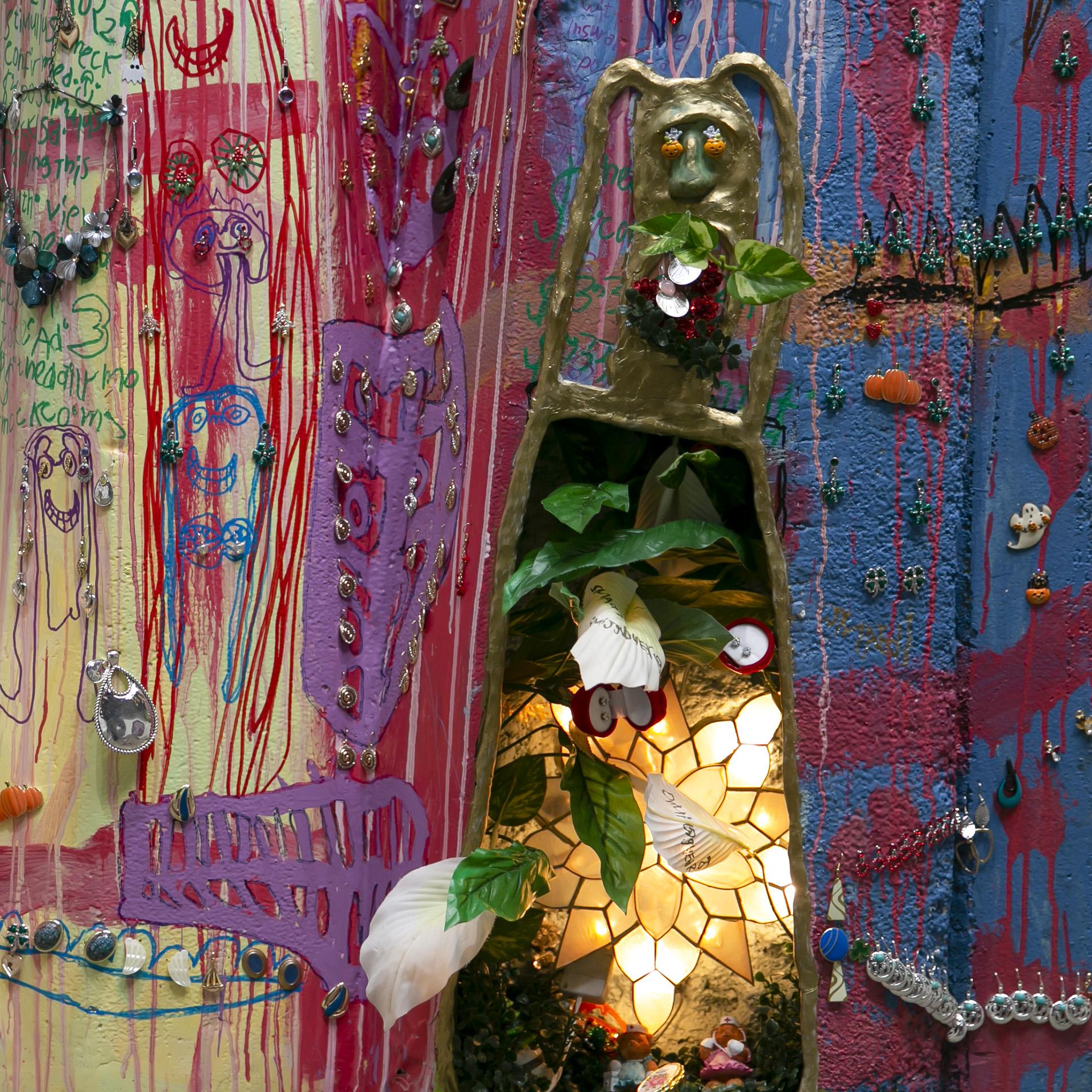Unlock the Legacy of the Golden Age: Exploring the Splendor of the Ashanti Kingdom
Table of Contents
Introduction
The Ashanti Kingdom, a testament to grandeur and opulence, emerged as a beacon of West African civilization. Spanning several centuries, it left an indelible mark on history, captivating the imaginations of scholars and adventurers alike.embark on a journey to uncover the multifaceted tapestry of this once-mighty empire.
The Golden Age of ashanti
During the 17th and 18th centuries, the Ashanti Kingdom reached its zenith, known as the “Golden Age.” Under the rule of brilliant leaders, it commanded a vast territory stretching from the Atlantic coast to the northern savannas. Trade, diplomacy, and artistic brilliance flourished, leaving behind an unparalleled legacy of cultural heritage.
Ashanti Society and Governance
The Ashanti society was meticulously structured, with a complex system of governance that enabled its expansion and stability. At its core was the Asantehene,the supreme ruler whose authority was revered throughout the kingdom. A council of elders and subordinate chiefs supported him, making decisions through consensus.
Economic Prosperity
Ashanti’s economic vitality stemmed from its control over the gold trade. gold was not merely a currency but also a symbol of wealth and power. The kingdom’s strategic location along major trade routes contributed to its economic dominance.
Cultural Splendor
Ashanti culture was a vibrant tapestry of artistic, religious, and philosophical expression. Artisans displayed their virtuosity in goldsmithing, weaving, pottery, and woodcarving. Traditional rituals and beliefs played a pivotal role in shaping the hearts and minds of the people.
Table: Notable Ashanti Cultural Practices
| Practice | Description |
|:———–|:———————————-|
| Golden Stool | Symbol of Ashanti kingship and unity |
| Fontomfrom | Elaborate funeral rites celebrating life |
| Asante Twi | indigenous language spoken by Ashanti |
| Asanteman | Collective noun referring to Ashanti people |
| Sankofa | Ideology of remembering the past |
European contact and Colonialism
In the 19th century, Ashanti encountered European powers vying for influence in West Africa.Initially,the kingdom successfully resisted colonial encroachment. Though,after several protracted conflicts,the Ashanti were subjugated by the British in 1901,marking the end of their independence.
Legacy and Preservation
Despite the end of their empire, the legacy of the Ashanti endures today. The Golden Stool remains a sacred symbol of Ashanti identity and unity.Preserving the kingdom’s rich cultural heritage is paramount,ensuring its continued relevance and inspiration for future generations.
Benefits of Preserving Ashanti Heritage
Education: Preserving the Ashanti heritage provides educational opportunities for future generations to learn about pre-colonial African societies.
Cultural Identity: it strengthens cultural identity and fosters a sense of pride among the Ashanti people and those connected to their lineage.
Historical Record: Preserving Ashanti history and artifacts safeguards a valuable historical record for academic study and public understanding.
Practical Tips for Preserving Ashanti Heritage
Support Museums and Cultural Institutions: Donating artifacts, funding exhibitions, and attending events support institutions dedicated to preserving Ashanti heritage.
Promote Traditional Arts and Crafts: Encourage local artisans to practice traditional techniques and pass on their knowledge to younger generations.
Educate and Engage the Public: Share the history and meaning of Ashanti culture through workshops, lectures, and educational programs.
First-Hand Experience: Exploring the Ashanti Kingdom today
Visitors to Ghana can immerse themselves in the legacy of the Ashanti Kingdom at various historical sites and cultural landmarks:
Kumasi Central Market: A vibrant market offering traditional Ashanti crafts, beadwork, and fabrics.
Ashanti Cultural Center: A museum showcasing the rich history, culture, and traditions of the Ashanti people.
Manhyia Palace Museum: The former residence of the Asantehene, providing insights into royal life and Ashanti history.
* Bonwire Weaving Village: A renowned destination to witness the intricate art of Kente weaving firsthand.
Conclusion
The ashanti kingdom stands as an emblem of African grandeur, artistry, and cultural sophistication. Exploring its legacy unveils a treasure trove of knowledge, wisdom, and inspiration that continues to shape the narrative of human civilization.Preserving and celebrating this heritage ensures its enduring legacy for generations to come.

